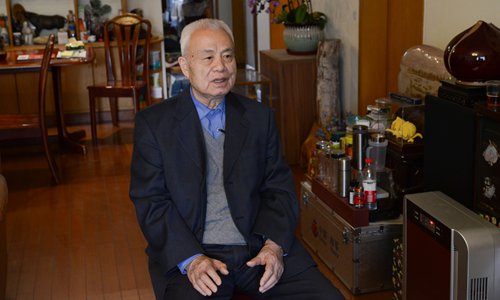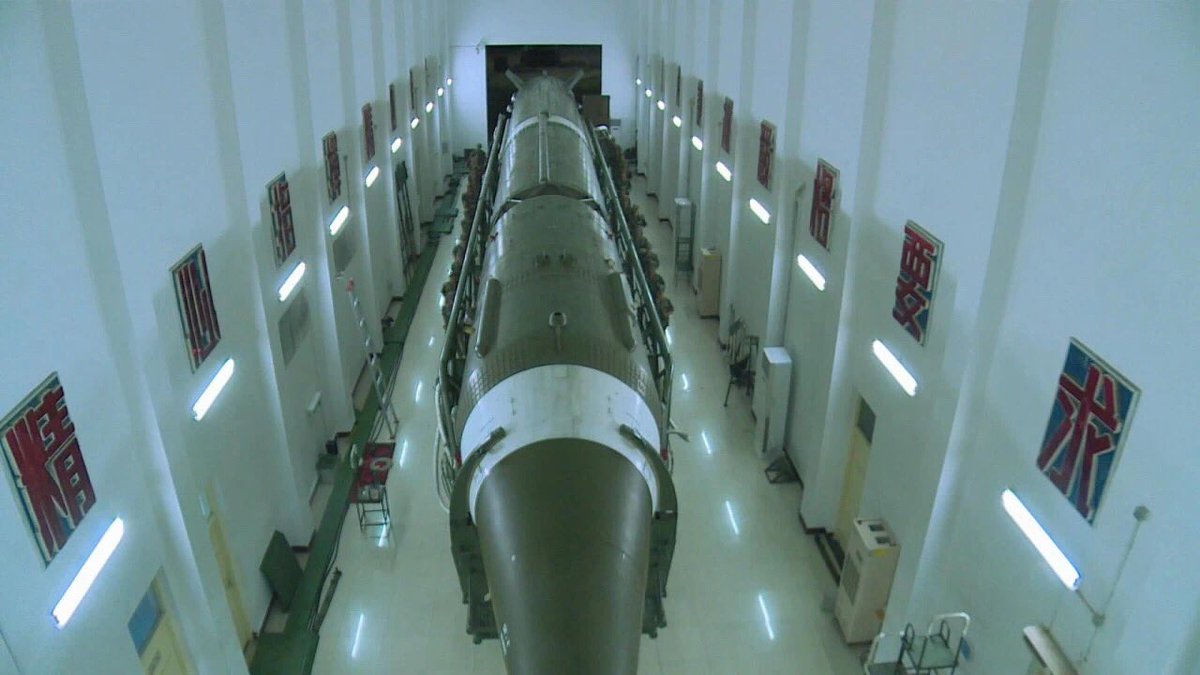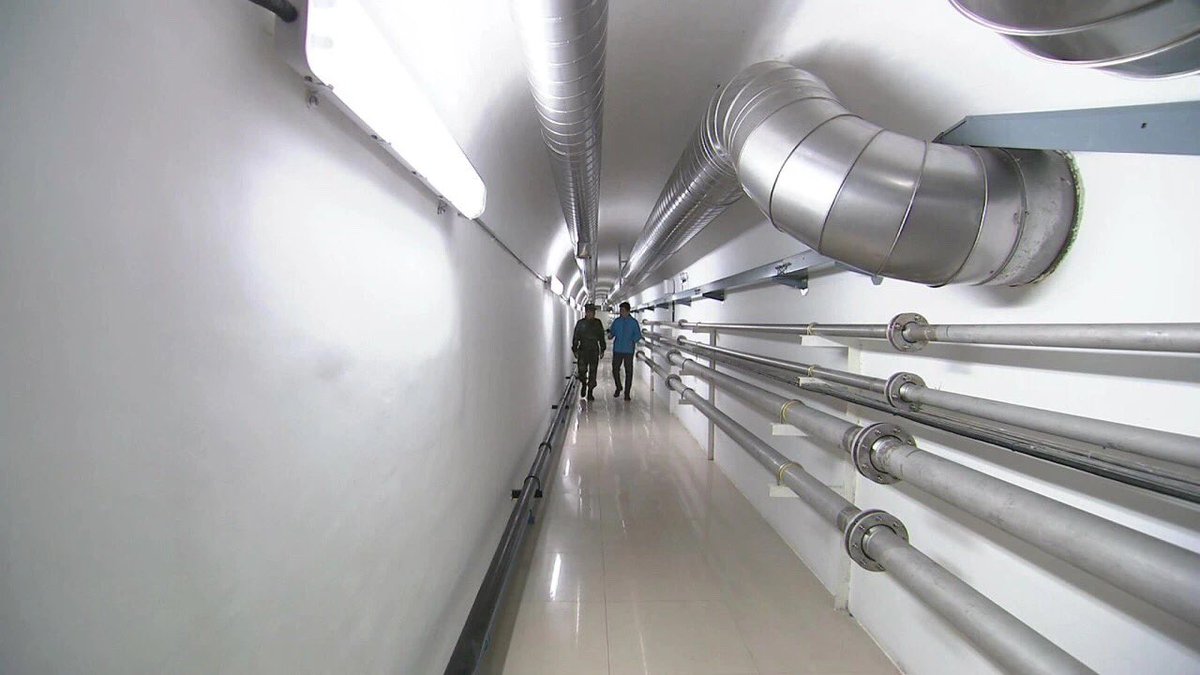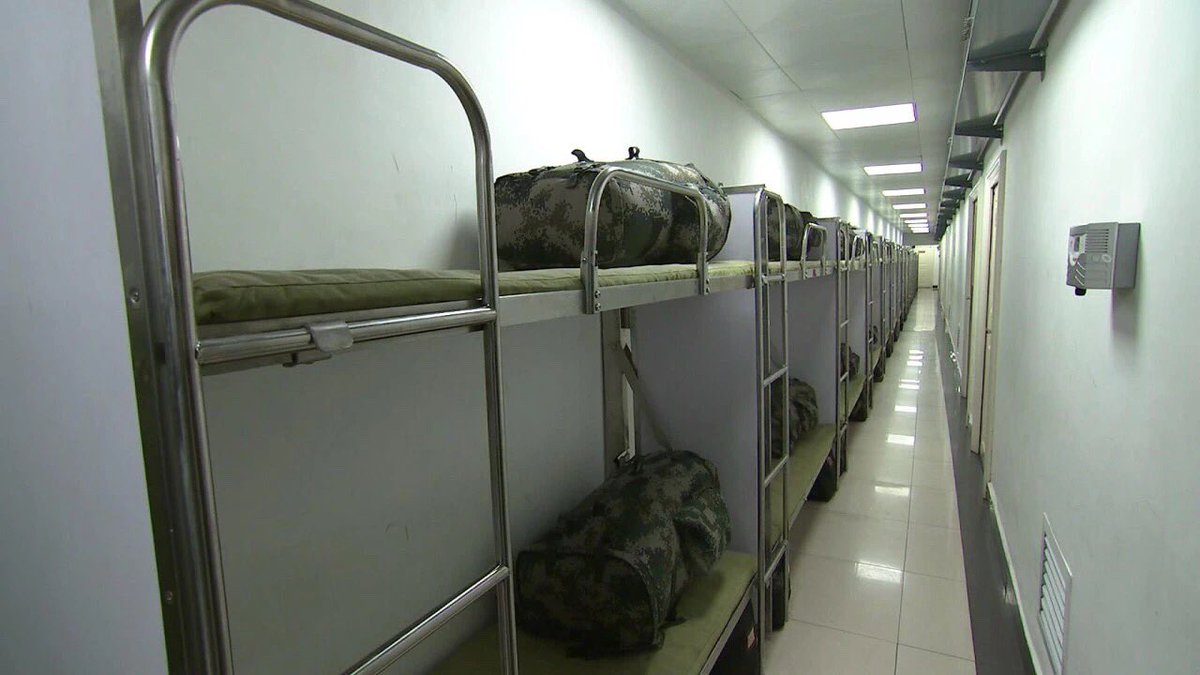It looks similar to the DF-21/JL-1.
This is how the JL-2/DF-31 is supposed to look like..
No it does not JL1 has pointy end for single warhead but JL2 nose is blunt multi warhead. Anyway via JSCh
China’s ‘Underground Steel Great Wall’ capable of defeating hypersonic weapon attacks: academician
By Deng Xiaoci and Liu Xuanzun Source:Global Times Published: 2019/1/13 17:33:39
Qian Qihu, recipient of the 2018 State Preeminent Science and Technology Award, during his interview with the Global Times on Friday. Photo: Deng Xiaoci/GT
China's "Underground Steel Great Wall" could "guarantee the security of the country's strategic arsenal" against potential attacks including those from future hypersonic weapons, Qian Qihu, recipient of the country's highest science and technology award, told the Global Times.
Qian, 82, an academician of the both Chinese Academy of Sciences and the Chinese Academy of Engineering, received the 2018 State Preeminent Science and Technology Award during a grand conference held at the Great Hall of the People in Beijing on Tuesday.
The "Underground Steel Great Wall" is a series of defense facilities located deep under mountains. While the mountain rocks are thick enough to resist enemy attacks, entrances and exits of these facilities are often vulnerable, and Qian's work was to provide extra protection to these parts.
China's nuclear strategy follows the principle of "No first use." It requires the country to have the capability of withstanding a nuclear attack before it responds with its strategic weapons.
Qian's work achieves that to guarantee the safety of the country's strategic weapons and launch and storage facilities, as well as the commanders' safety during extreme times, said Song Zhongping, a military expert and TV commentator.
In an exclusive interview with the Global Times on Friday, Qian describes his work, the "Underground Steel Great Wall," as the "country's last national defense line," because when other lines of defense such as the strategic missile interception system, anti-missile system and air defense system fail to function against hypersonic missiles and recently developed earth-penetrators, his work can thwart all types of attack.
"The development of the shield must closely follow the development of spears. Our defense engineering has evolved in a timely manner as attack weapons pose new challenges," Qian said.
According to the academician, hypersonic weapons that move as fast as 10 times the speed of sound are capable of changing trajectory mid-flight and penetrate any current anti-missile installations.
US media outlet CNBC reported that in March 2018, during a State of the Nation address Russian President Vladimir Putin debuted new nuclear and hypersonic weapons, which he described as "invincible."
The US is also trying to develop hypersonic weapons, as then US Deputy Secretary of Defense Patrick Shanahan, now acting secretary of defense, said in October 2018, "We are going to fly sooner and more often than people have ever expected," CNBC reported.
Emerging challenges
National defense challenges do not only emerge from the development of advanced attack weapons but are also a result of an unpredictable international environment.
Qian cited the US' recent stance that the Donald Trump administration is mulling to lower its threshold for nuclear weapons deployment.
The US is planning to loosen US nuclear weapon constraints, and develop low-yield nuclear warheads, the Wall Street Journal reported in January 2018.
It is highly possible that US weapons with "low-yield nuclear warheads" are earth penetrators, with higher surgical strike capability that may cause larger damage, military experts previously noted, warning that China should stay alert, and accordingly upgrade its own national defense.
Qian also provided advice in many civilian construction projects, including the Nanjing Yangtze River Tunnel, the Hong Kong-Zhuhai-Macao Bridge, and the giant South-to-North Water Transfer Project, according to a China Global Television Network (CGTN) report.
When asked how he will spend the 8 million yuan national award in cash, Qian said that part of it will go to research for national defense, and the rest will be used for social welfare such as fighting poverty and support to poor students.
"I have never had a thought of earning any prize money for my research, nor would I think it came too late," Qian said. "I am only grateful that the national-level recognition offers a great opportunity to raise the public's national defense awareness










